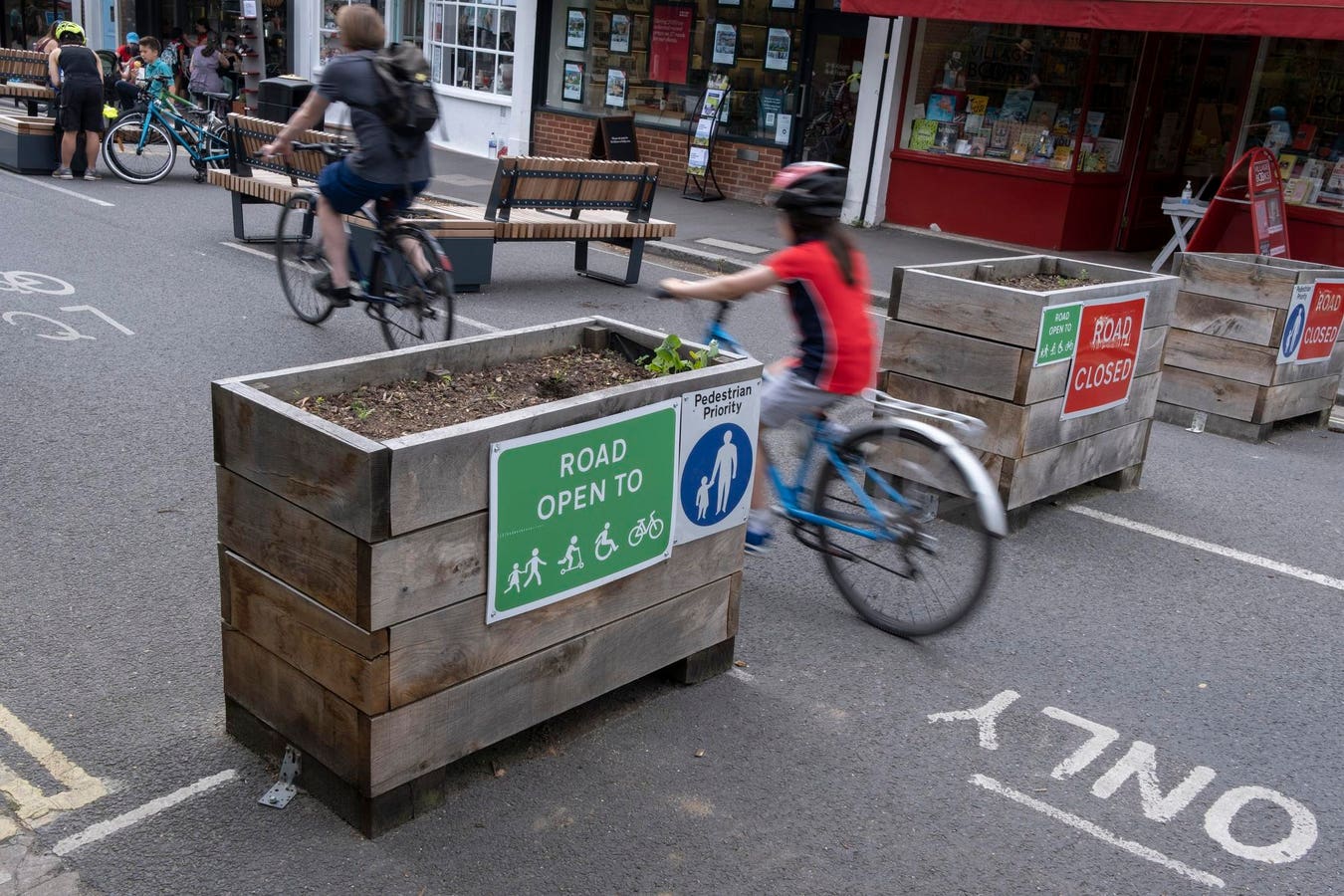I guess it all comes down to a question of how a 'fair, equitable and reasonable' admission cost is determined.I just want to have fair equitable and reasonable admission charges to places of interest, just like they manage to do in France, Germany and Italy. I do not pretend free admission. In fact when I come across a place with free admission , I always leave a contribution in the collection box.
In the UK, that's done by an independent body creating a pricing structure that allows free access to many sites, while charging for the most popular and more expensive to maintain ones. An annual membership scheme being available to provide free access to all sites, equivalent to the cost of visiting 2-3 of the more expensive sites.
More common in mainland Europe such sites are government controlled, with a low entrance fee being subsidised by taxpayers.
You could argue that the UK system, where the cost is entirely paid by those who visit, or chose to support via annual membership, is actually MORE fair and equitable than the mainland Europe system where all taxpayers subsidise visits to such sites, regardless of their interest in them (and subsidise the cost for visitors from other countries).


 It wasn't my wedding thankfully, as I would not have coughed up, and you can imagine how that would have went down, which of course is what they rely on for people to just accept.
It wasn't my wedding thankfully, as I would not have coughed up, and you can imagine how that would have went down, which of course is what they rely on for people to just accept.




